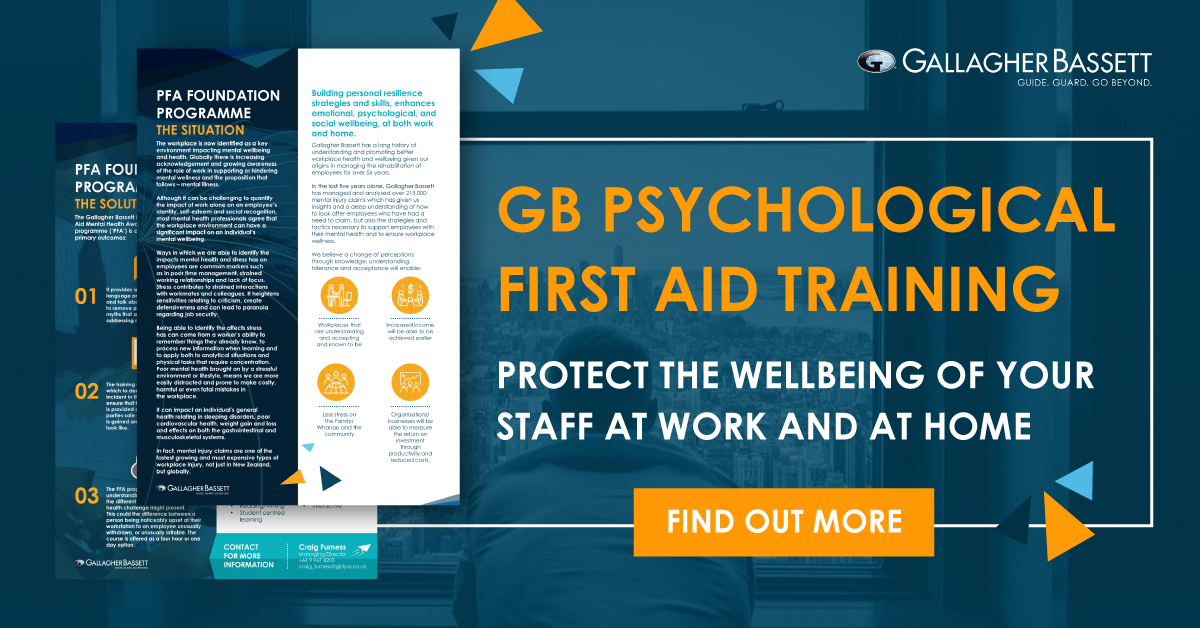TIPS FOR BUILDING TEAM RESILIENCE

Did you know that companies that invest $1 in team resiliency initiatives get $2.30 in return?
Fostering a healthier work environment may not sound like a top priority, but doing so will lead to impressive gains. Not only will your employees be happier to come to work, but the quality and quantity of their output will increase significantly.
Team resilience is important, but what can you do to highlight it in the workplace? Keep reading to learn seven simple ways you can boost team resilience to achieve greater success.
1. Recognise Accomplishments to Build Team Resilience
A resilient team is composed of empowered people. If you want to help your employees feel more confident, you should take the time to monitor and commend their achievements.
Doing so in a group setting can make your compliments more meaningful and encourage others to work harder.
Mentioning accomplishments during conference meetings is one easy way to implement this strategy. You can also have a bulletin board that gets updated monthly or give away small rewards like $10 coffee gift cards to incentivise everyone.
2. Train Managers to Support Team Resilience Efforts
The bigger your company is, the harder it is to keep an eye on all of your employees. This is why it’s important to make sure every manager is on board with your team resiliency initiatives. When you educate them properly, they’ll have a deeper understanding of how these new standards will affect their day-to-day responsibilities.
3. Be Open and Honest with Your Employees
Building a resilient team requires a two-sided, equal relationship. If you want your employees to bring their best selves to work every day, then you can model this behaviour yourself. Being as transparent and approachable as possible can help your employees feel more comfortable and trusting as well.
At the end of the day, everyone who works for you is a person who has their own needs. Recognising this means you’ll become better at sharing updates in the company so everyone is up to speed.
One of the most important things you can do in a leadership role is report growth. This will let your team know that they’re doing everything right and that their jobs are secure. This peace of mind will allow them to continue to keep up the great work and feel inspired to go beyond.
4. Create an Environment Where Constructive Criticism Is Welcome
Accepting praise is easy, but people can also learn a lot of valuable things by being open to constructive criticism. Once again, this relationship needs to go both ways.
Typically, people in higher positions are the ones who offer constructive criticism to the workers they oversee. Being humble enough to allow anyone, regardless of their position, to offer their opinions on how things could improve at work will lead to maximum growth.
The key to this strategy is to make sure everyone knows how to express constructive criticism instead of just criticism. Reassuring employees in lower positions that their jobs will be safe will also ensure you get everyone’s helpful feedback. When everyone is heard, they feel more valued as a team member.
5. Break Tough Workloads into Smaller Goals
Some types of jobs have consistent levels of work while others have slow and busy seasons. Whether your employees are facing lots of work every day or an extra load during a busy season, everyone is susceptible to burnout.
One way you can keep morale high is to break big projects down into smaller tasks that seem less intimidating. If possible, you can even try to assign different tasks to employees who have the best skillsets for that particular job. This way, the work will feel less tedious.
When your employees are able to check multiple tasks off of their to-do list each day, they’ll feel proud of all the work they’ve accomplished.
6. Give Your Employees Enough Breaks to Maximise Productivity
It may sound counterintuitive to give employees more time to relax to accomplish more work. However, our bodies have natural cycles that only allow us to focus on tasks for around 90 to 120 minutes tops. When people push through mental fatigue, work quality suffers and costly mistakes occur more often.
Most work environments are modelled on long shifts with a small window to take a break to eat. Believe it or not, setting up a schedule that allows employees to work in 90-minute intervals can revolutionise your company’s productivity goals. Taking as little as 10 minutes to get up, stretch, drink some water, and relieve stress can help your employees return to their work with renewed vigour.
7. Spend Time with Each Other Outside of Your Work Setting
Although it can be challenging to plan group gatherings outside of the office, they can work wonders for your team. Having the opportunity to interact with colleagues in a relaxed setting gives your employees the chance to see their peers as people. This helps build trust and teamwork skills.
Fun activities like dinners or bowling nights can be useful for keeping stress down during busy periods at work. Creative outings like visiting an escape room are great for exercising problem-solving skills and learning how to work as a team. In addition, you can keep an eye out for employees who naturally rise to leadership positions so you can recruit them for projects in the future.
Now You Know How to Build Resilient Teams
When you focus on building team resilience, you’ll see long-term results that will help your company grow.
Another lesser-known way companies can increase team resiliency is to streamline their insurance policies. Partnering with Gallagher Bassett will help your business cut costs by decreasing risk and working closely with each claim.
Gallagher Bassett’s Psychological First Aid training teaches your staff to build personal resilience strategies and skills, enhancing their emotional, psychological, and social wellbeing, at both work and home. Contact us to find out more.

